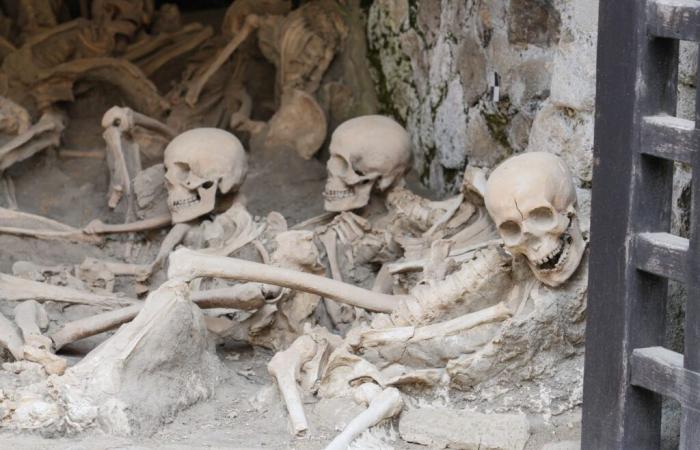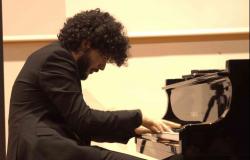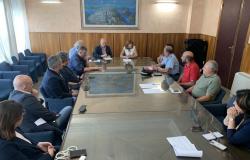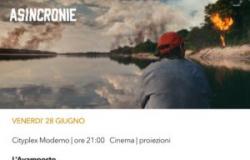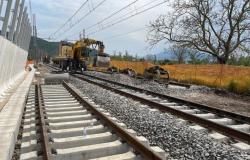Herculaneum lives again, and with her hers ancient beach. The seaside city, destroyed by the Vesuvian eruption of 79 AD, is now returned to the public in an image as close as possible to the original one, at the end of a multi-year journey of research, archaeological excavation and engineering and architectural interventions. In addition to enriching the experience of visiting the Park, the new structure of the ancient Herculaneum will lead in the medium term to reunification of the main archaeological area with the Villa dei Papiridrawing up a far-reaching action plan.
The recovery of Herculaneum beach
Funded in the CIS Vesuvio Pompei Napoli (managed by the Unità Grande Pompei) and with the support of the Packard Humanities Institute – thanks to the public-private partnership Herculaneum Conservation Project – the intervention counteracts the progressive decay that in recent decades had affected the area, which had become a sort of swamp, with dangers of flooding and impacts on heritage conservation. “This site has been hugely redeveloped and is becoming a gem. We are within one of the most important archaeological areas in the world with Pompeii, Oplontis and Herculaneum and we are also working hard in terms of resources“, commented the Minister of Culture, Gennaro Sangiulian. Which he anticipated: “In the budget law we have allocated new resources for excavations. Furthermore, we have foreseen that a museum center will have to be created in the Torre Annunziata Spolettificio and we think that all this could also represent a great opportunity for socio-economic development for our territories“.
The article continues below
The beach of Ercolano, a unique place in the world
The works, which according to the general director of the Great Pompeii Unit Giovanni Capasso are part of an intervention financed in 2021 with three and a half million euros (which will end with the reunion with the Villa dei Papiri), have therefore made it possible to return to I publish a site like no other. “The ancient beach is an extraordinary and unique place in the world. To preserve it for the future we have reduced the risk of continuous flooding and the dangers for the stability of the excavation fronts and the sea front of the ancient city, seeing it again today like the ancient Romans“, commented the director of the Archaeological Park Francis Sirano. “If we turn our heads where the sea once was, we become modern explorers of the immense blanket of volcanic flows that covered the city in a few hours and we cannot avoid sharing the sense of almost total annihilation of our human condition in the face of the evidence of the cataclysm of 79 AD“. A role, in this, is played above all by the “300 desperate people tried in vain to be saved thanks to a real civil protection operation directed by the admiral and illustrious Roman scholar Pliny the Elder“.
The scientific contribution of the great Herculaneum project
A project that unites therefore historical-archaeological, topographical and urban planning interests but also anthropological, thanks to the massive sample of victims who took refuge inside the warehouses linked to the landing place: from their remains the scholars have obtained important biological data on the diet and diseases of the ancient Herculaneum residents, and from their belongings (such as coins, rings and keys home) have deduced their habits. And again, they gather new information in the ecological, geological and economic fields: thanks to recent investigations we know for example that the coast has changed its level several times, rising and falling over the centuries, and that the tuff bank immediately below the surface of the water was at that time partially out of the sea, whereby the material was extracted as building material.
Giulia Giaume
Artribune is also on Whatsapp. Simply click here to subscribe to the channel and always be updated

